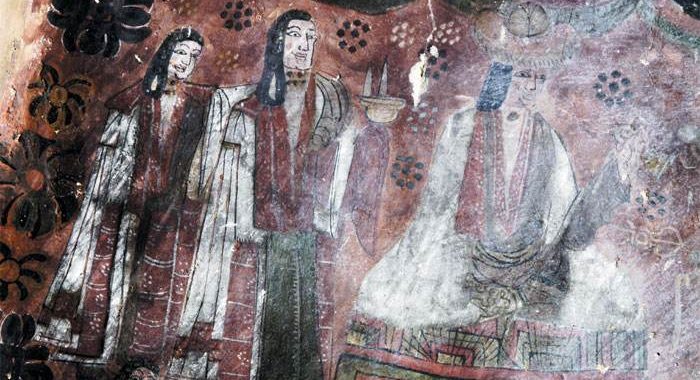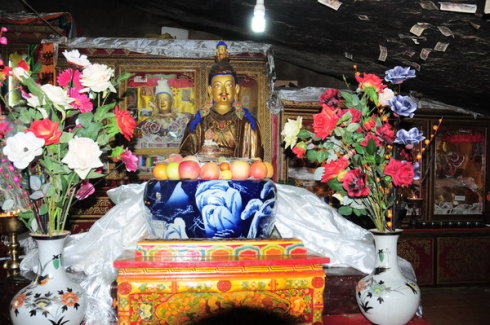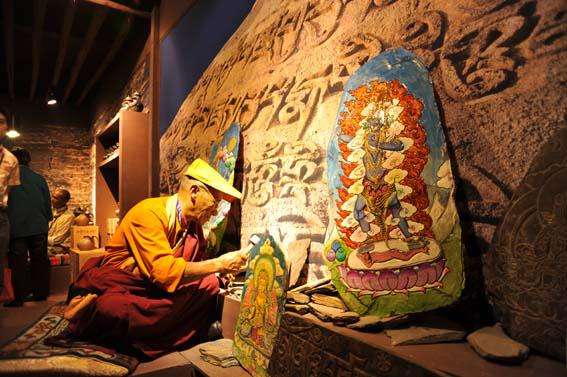Economic Growth and Improvement of the People’s Livelihood
2 min readDeveloping the economy is an important way to ensure the basic rights of all ethnic groups in Tibet, especially their rights to subsistence and development. The establishment of a modern economy in Tibet and its development has laid a solid material foundation for the progress of various undertakings in the region.
Economic growth constantly enhancing people’s living standards Following the peaceful liberation of Tibet, the Central Government has always given top priority to helping Tibet develop its economy, enhance its people’s livingstandards, and change its impoverished and backward situation. It has issued a series of favorable policies, and made great achievements in promoting Tibet’s economy.

Currently a relatively complete socialist market system has been established in the region, and historical leapfrog development has been realized in terms of economic aggregate. Tibet’s economy is growing steadily and quickly. The Gross Regional Product(GRP) of Tibet rocketed from 129 million yuan in 1951 to 70.1 billion yuan in 2012, representing an annual growth of 8.5 percent on average. The per capita GRP reached 22,900 yuan. Since 1994 Tibet has realized double-digit growth for 19consecutive years, with an annual growth rate of 12.7 percent on average.
Substantial improvements have been made in the people’s lives and their living standards. The per capita net income of farmers and herdsmen in Tibet had maintained double-digit growth for 10 consecutive years, reaching 5,719 yuan in 2012. The per capita disposable income of urban dwellers was 18,028 yuan. The building of a new socialist countryside, initiated in 2006, has greatly benefited local farmers and herdsmen, especially through its low-income housing projects. By the end of 2012,a total of 408,300 low-income houses were built, providing housing to 88.7 percent of local households of farmers and herdsmen. All farmers and herdsmen will have moved into safe modern houses by the end of 2013. In 2012, the per capita floor space of farmers and herdsmen was 28.77 sq m, and that of urban dwellers 36.14 sq m. In rural areas, infrastructure has been improved to provide the necessary facilities for the local population, including water, power, transportation, telecommunication, natural gas, radio and television, and postal services. Some 90 percent and 99.7 percent of Tibetan townships now have access to postal service and road network, respectively, and 94.2 percent of administrative villages could be reached by road.A total of 1.93 million farmers and herdsmen now have access to safe drinking water, and 150,000 rural households are using clean biogas. In addition, over 95 percent of rural households use iodized salt.

As life improves, the people are beginning to have more choices in consumption.
Refrigerators, color televisions, telephones, computers, washing machines, motorcycles, mobile phones and other consumer goods have entered ordinary households. In 2012, for every 100 urban households in Tibet there were 27 cars,16motorcycles,86 refrigerators,129 color TVs,63 computers and 88 washing machines.

According to the “CCTV Economic Life Survey”jointly hosted by the National Bureau of Statistics, China Post Group, and China Central Television (CCTV), Lhasa topped the “happiness index”for five consecutive years.








